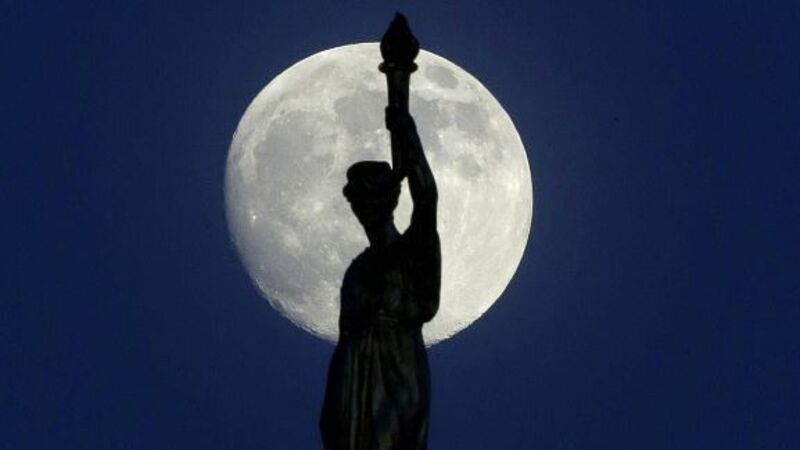'Supermoon' to light up tonight's sky

A ”supermoon“ will grace the skies this weekend, with the satellite expected to appear in its biggest and brightest form this year.
The phenomenon, known as a perigee full moon, occurs when the Moon reaches its closest point to Earth.













